Throughout the ages, mariners have crafted a distinct lexicon to describe aspects of their world, including objects, individuals, activities and locations. Surprisingly, a substantial portion of this slang has woven itself into the fabric of the English language, often unbeknownst to the general populace regarding its naval origins.
If you’re intrigued by the nautical origins of common phrases, read on to uncover their seafaring roots.
Ships husband
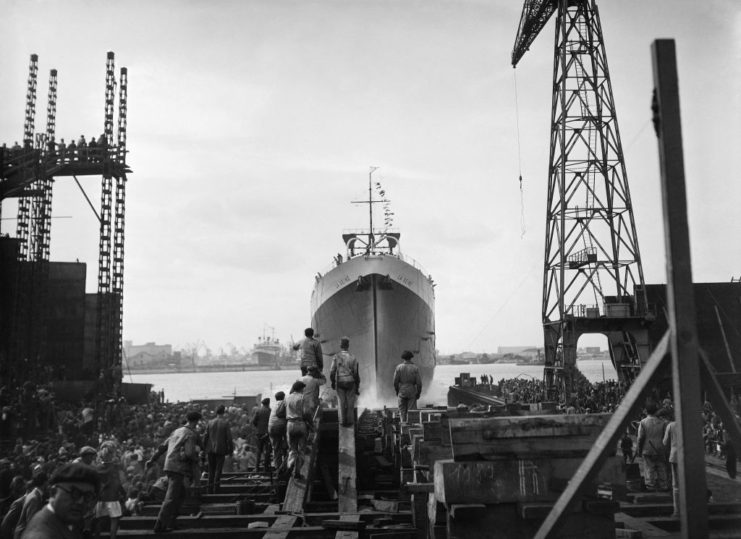
When a vessel is returning to port for repairs, a sailor may say that the ship is returning to her husband. In this instance, the “husband” refers to the man in charge of the shipyard where the vessel will be returned to working order.
In through the hawsepipe
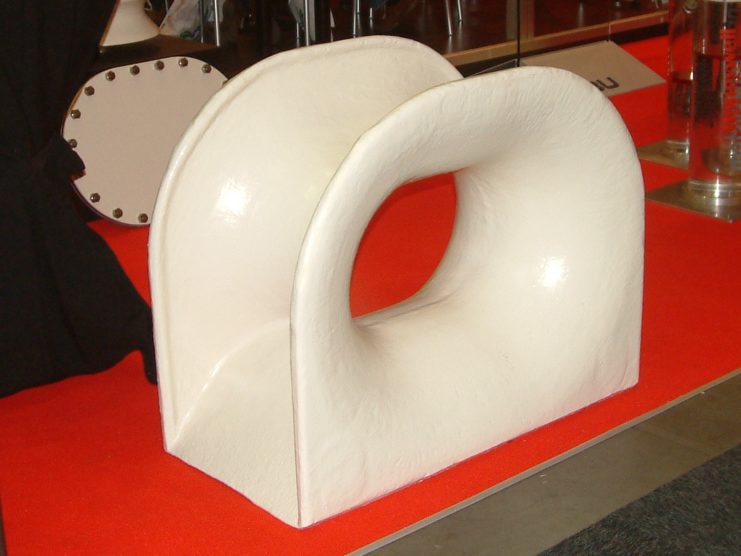
“In through the hawsepipe” is a naval colloquialism employed by sailors who achieve officer status through unconventional pathways, symbolizing their journey through the hierarchical ranks of a ship.
In this particular context, it signifies commencing at the lowest rung. The hawsepipe – or hawsehole – refers to the opening in the ship’s bow through which the anchor cable is threaded.
Let the cat out of the bag
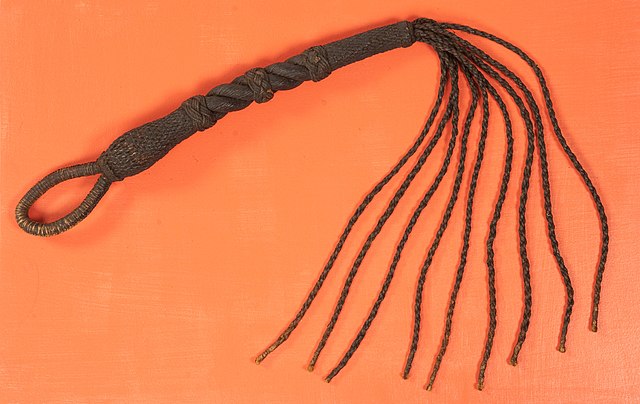
Letting the cat out of the bag is Navy slang to describe the punishment of whipping. The “cat” refers to the cat o’ nine tails, a formidable multi-tailed whip stored within a cloth bag. Sailors knew it was about to be used when the superior doling out the punishment pulled it out of its bag.
Knot
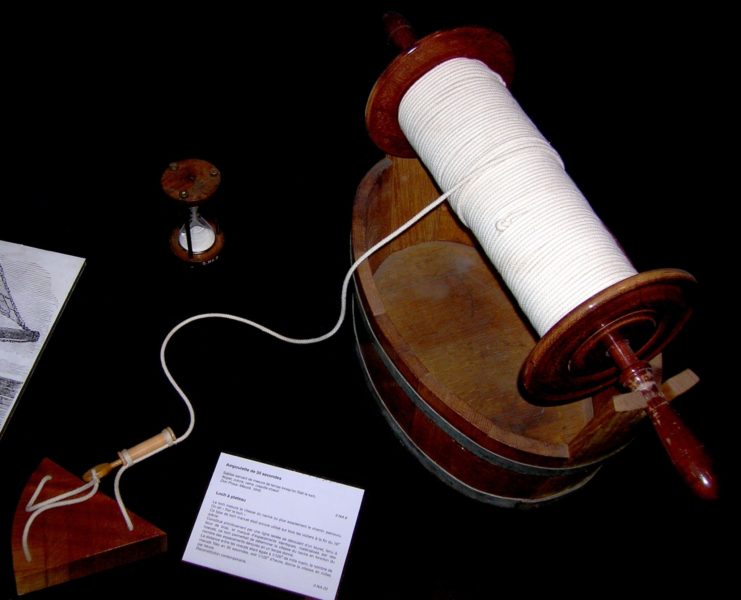
A knot is a unit used worldwide as a measurement of speed through water. The term originated from the way sailors measured a ship’s speed. A vessel had a length of rope with colored knots every 47.33 feet. At the end was a buoyant piece of wood that remained stationary in the water, unreeling the rope as the ship moved through the water.
The number of knots that passed through a sailor’s fingers over a 28-second period provided a measurement of the vessel’s speed.
Scuttlebutt
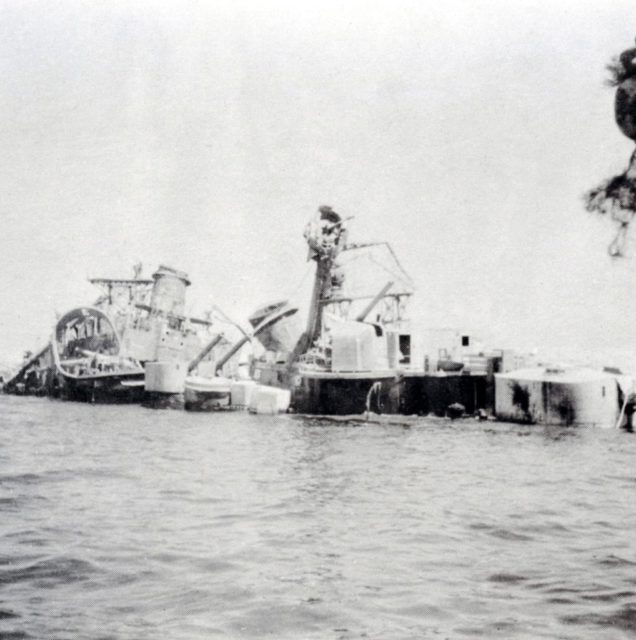
Scuttlebutt is Navy slang for a rumor. The word comes from “scuttle,” which means to intentionally sink one’s ship by opening holes in the side, and “butt,” the water container men would group around and talk. Essentially, it describes the effect rumors have on morale.
He knows the ropes
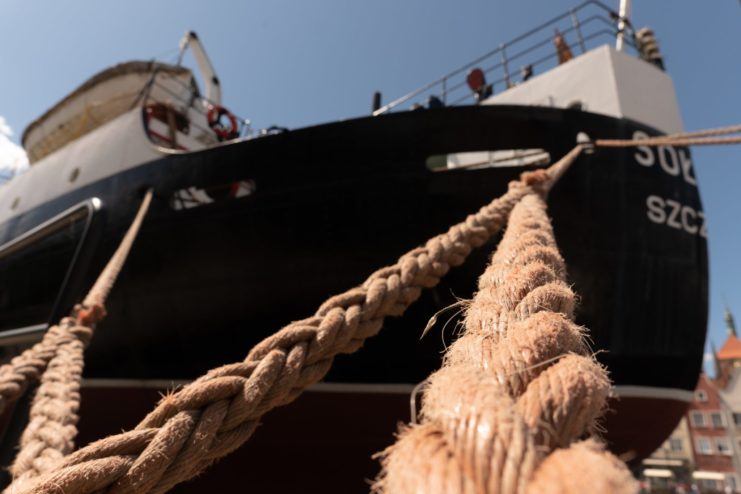
This term, commonly used in the English language, was originally used to describe a novice sailor. It would be printed on their discharge and meant they knew the names and purpose of a ship’s main ropes… Basically, it informed their superiors that they knew the very basics of seamanship.
Spinning a yarn
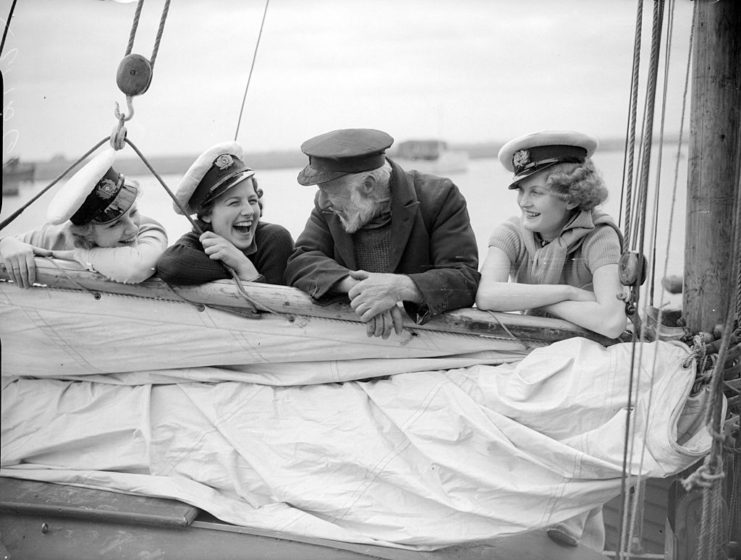
Today, to spin a yarn means to tell a story, one that’s perhaps slightly exaggerated. Its seagoing origins date back to naval officers who believed that, if seamen spent too much time telling stories, then no work would be done.
At least once a week, a ship’s crew would have to unravel old lines of rope. During this, the men could converse and tell stories as much as they pleased, and the time became known “spinning yarns.” Eventually, telling a tall tale turned into spinning a yarn.
Devil to pay

This expression is used today to describe that something unwanted is looming. However, some claim the term originates from the despised task of waterproofing a wooden ship’s longest seam along the keel. This is sometimes disputed, but there are many who believe it.
The seam was named the “devil” and would be “paid” or covered by tar. Paying the devil was an extremely unpleasant and difficult job, and the name was eventually used to describe any unwanted situation.
On the fiddle

The fiddle was a raised lip around the edge of a sailor’s plate. If food touched it, this meant he had too much and was described as being “on the fiddle.” This could earn him a whipping.
Bokoo
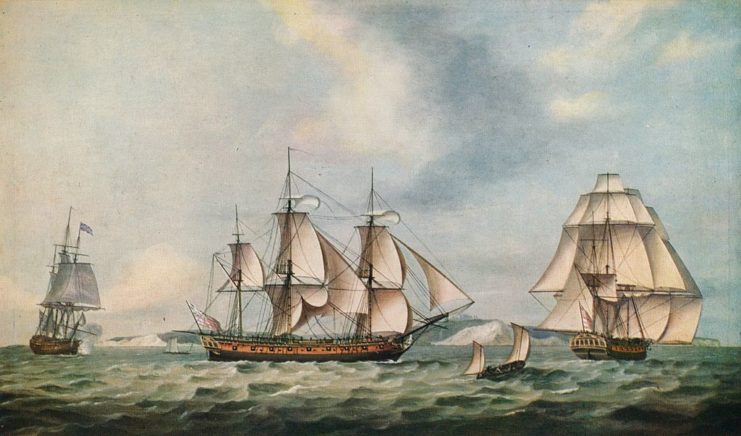
A sailor may say the word bokoo, meaning “many.” This actually comes from the French word, beaucoup, which has the same meaning. The spelling was simplified over time and is an example of the many words from other languages that have been incorporated into Navy slang when traveling the world.
Pea coat

More from us: USS Thresher (SS-200): The Most Decorated American Submarine of WWII
A peacoat is a thick jacket worn by sailors during bad weather. A potential origin for the name comes from the material from which its made, pilot cloth. Sailors would refer to the coarse, heavy fabric with the initial “P,” instead of pilot, which eventually became the “pea” in peacoat.
